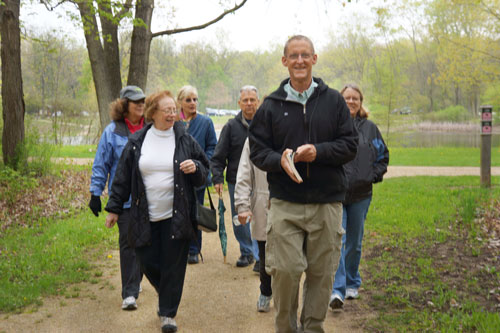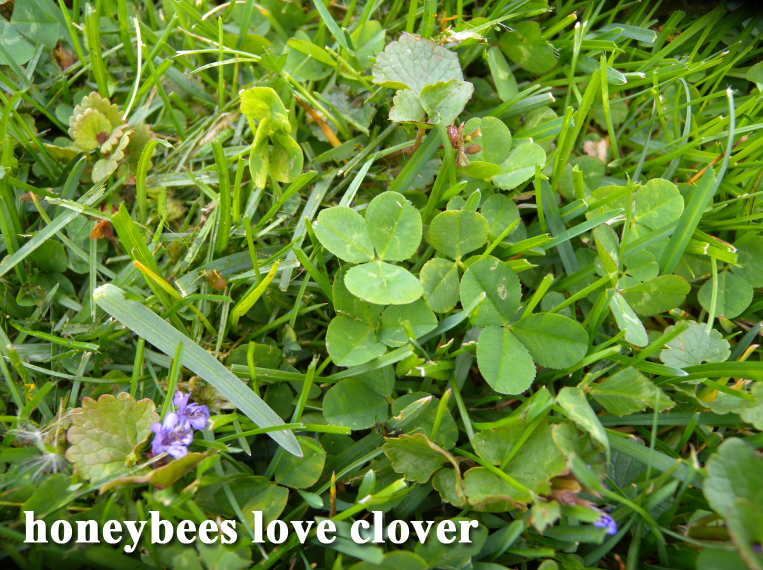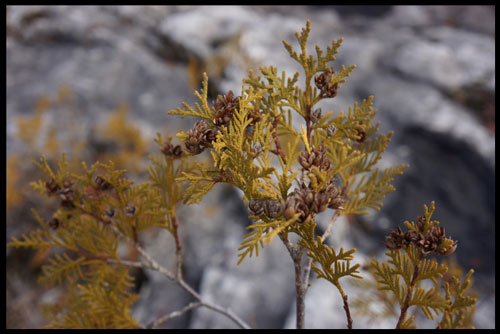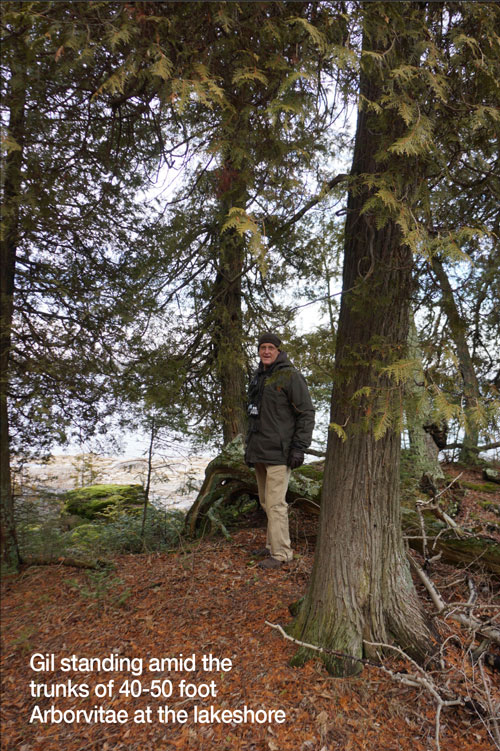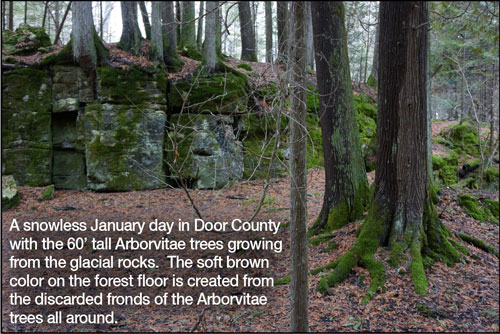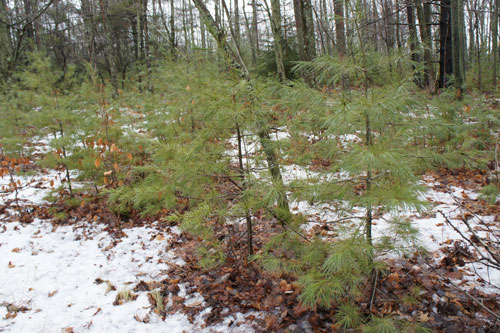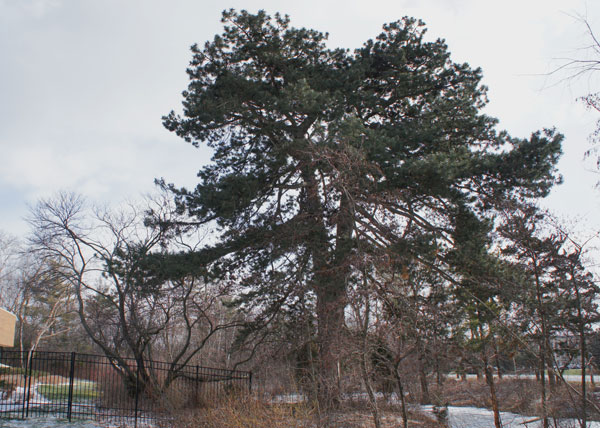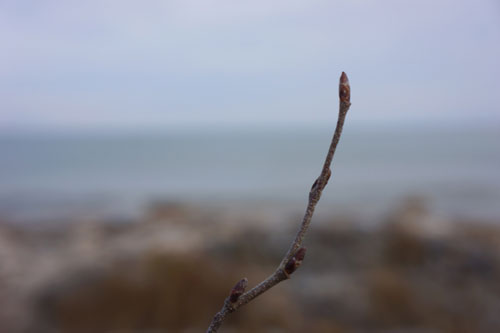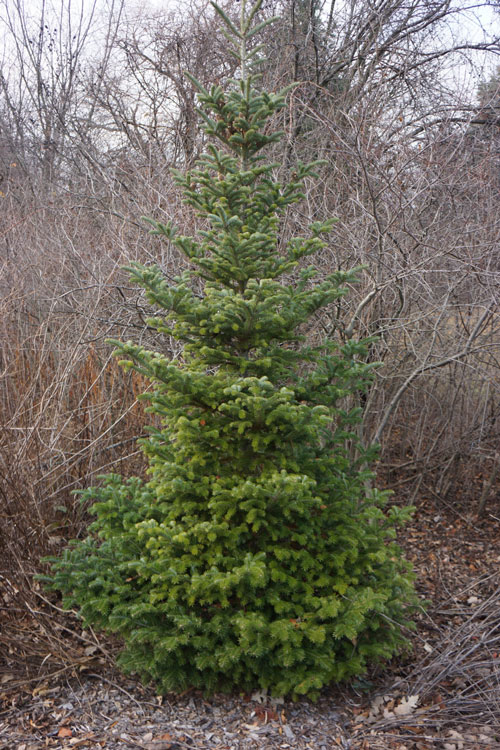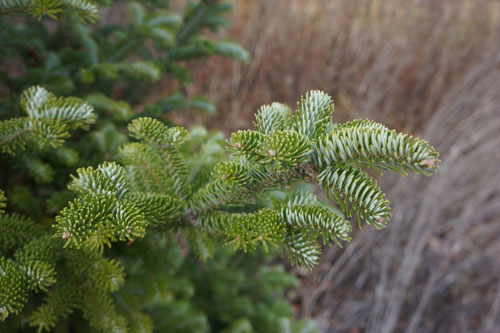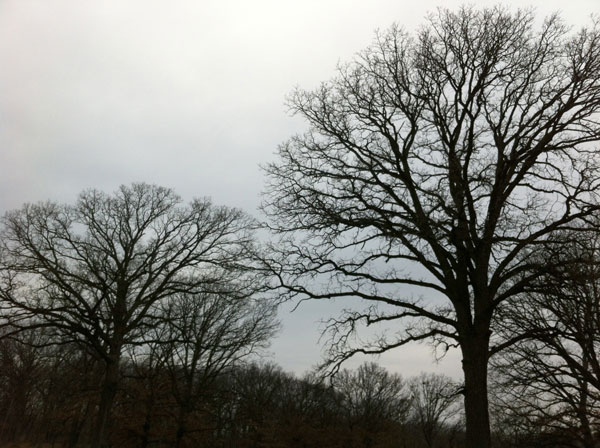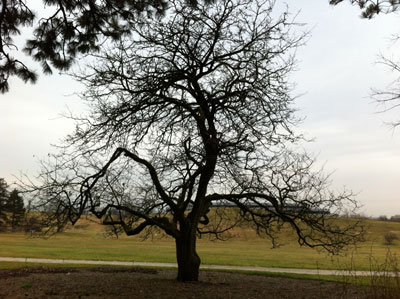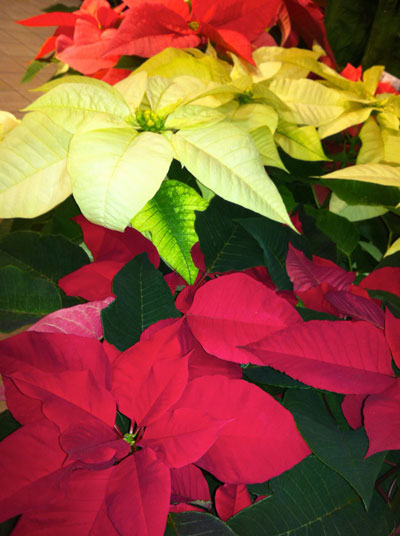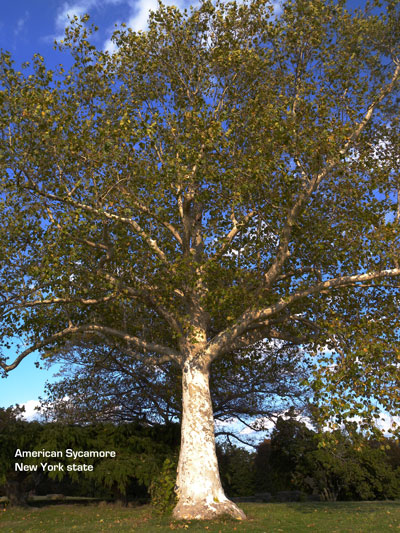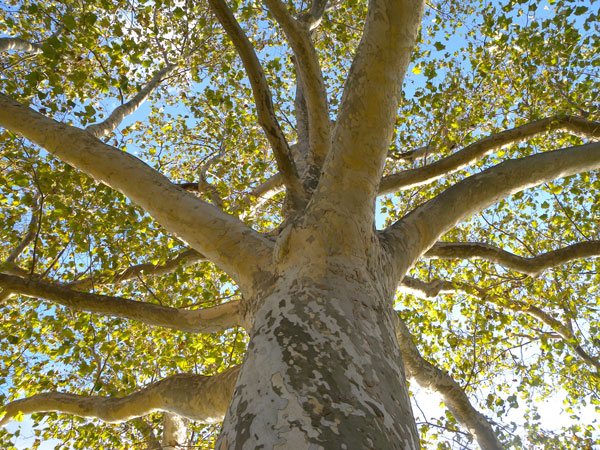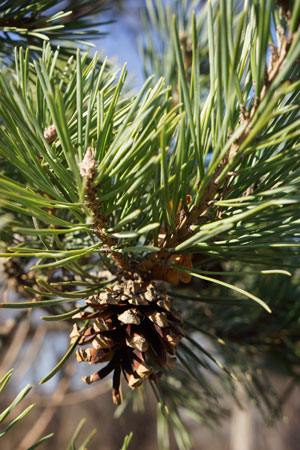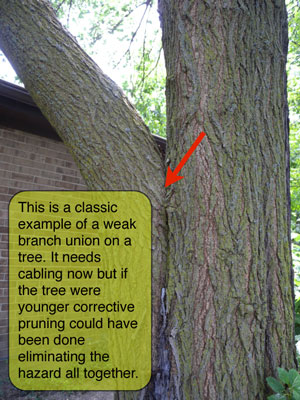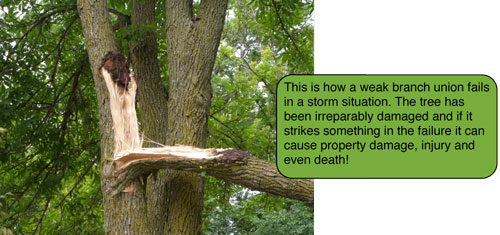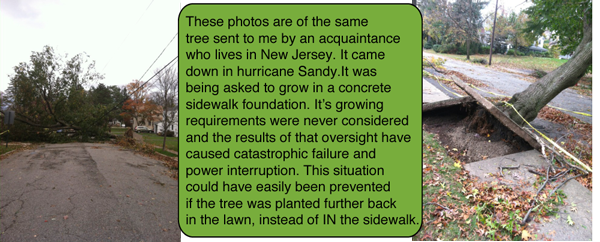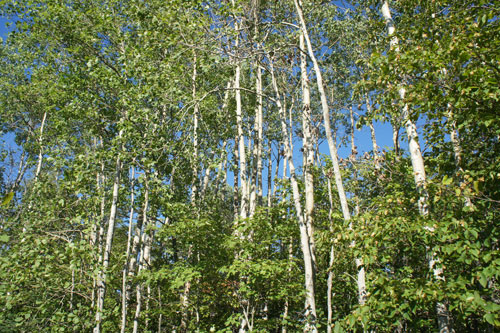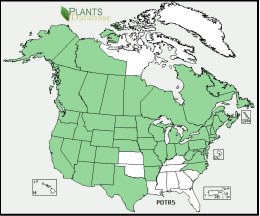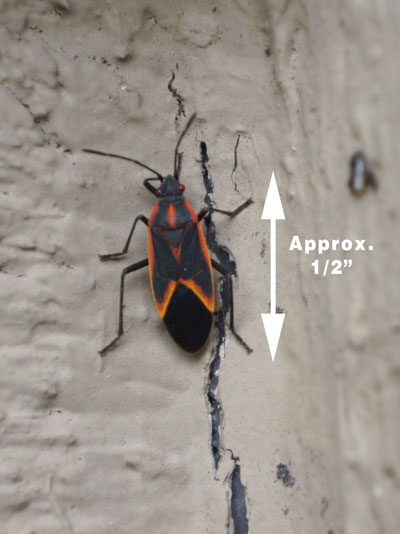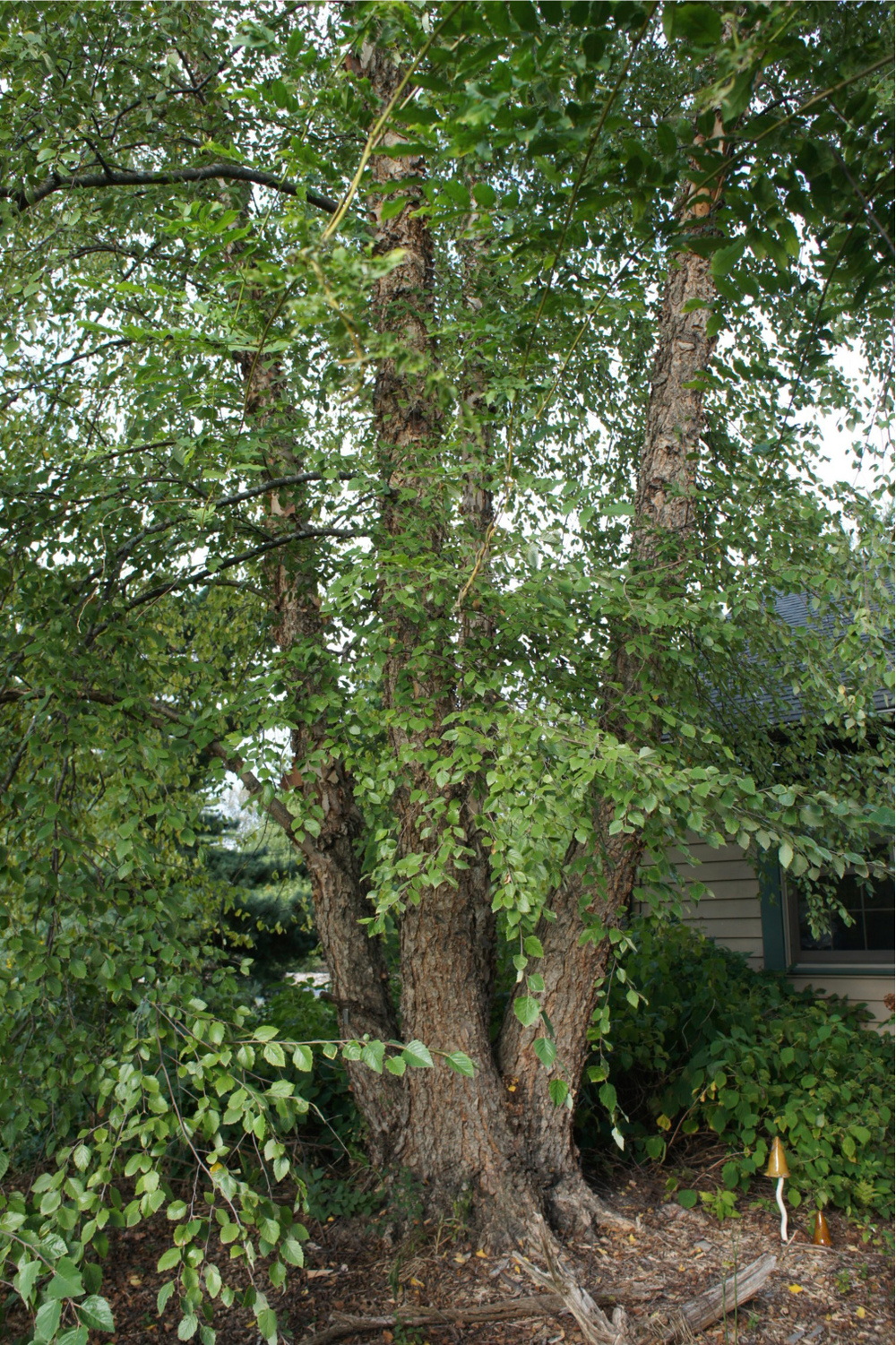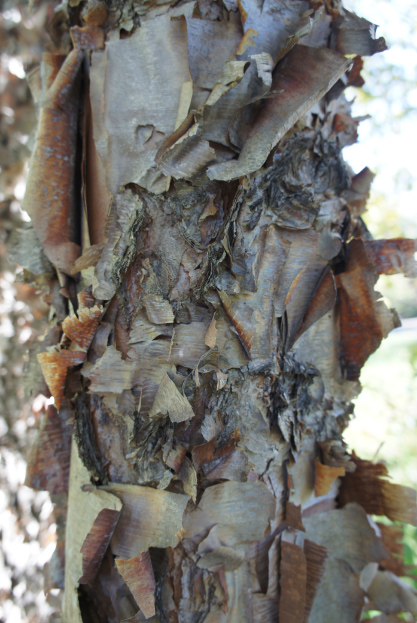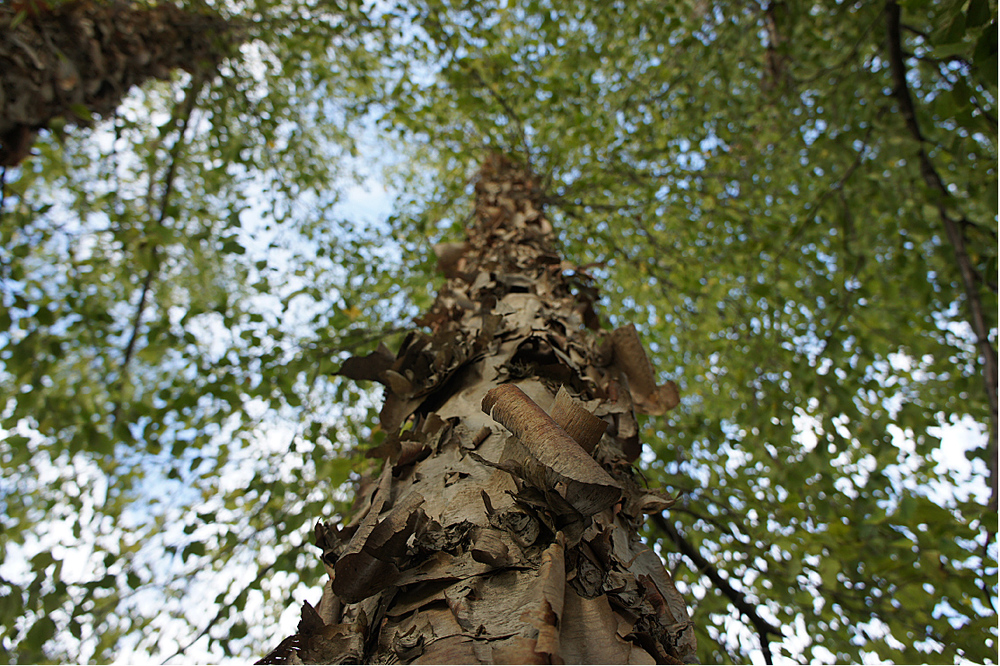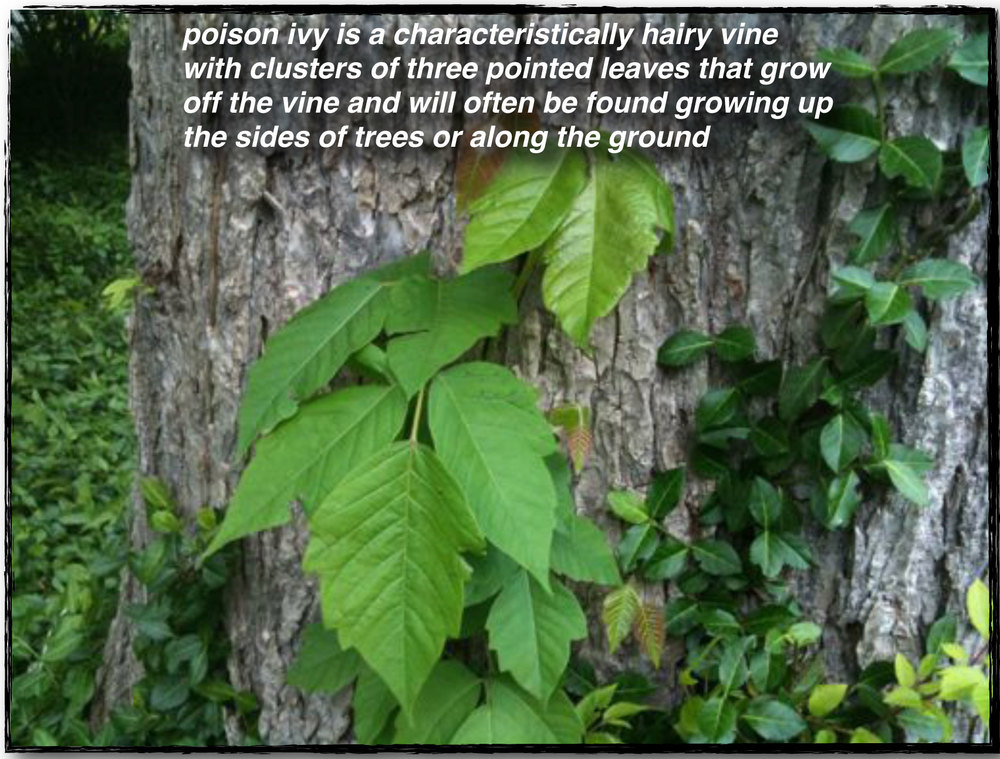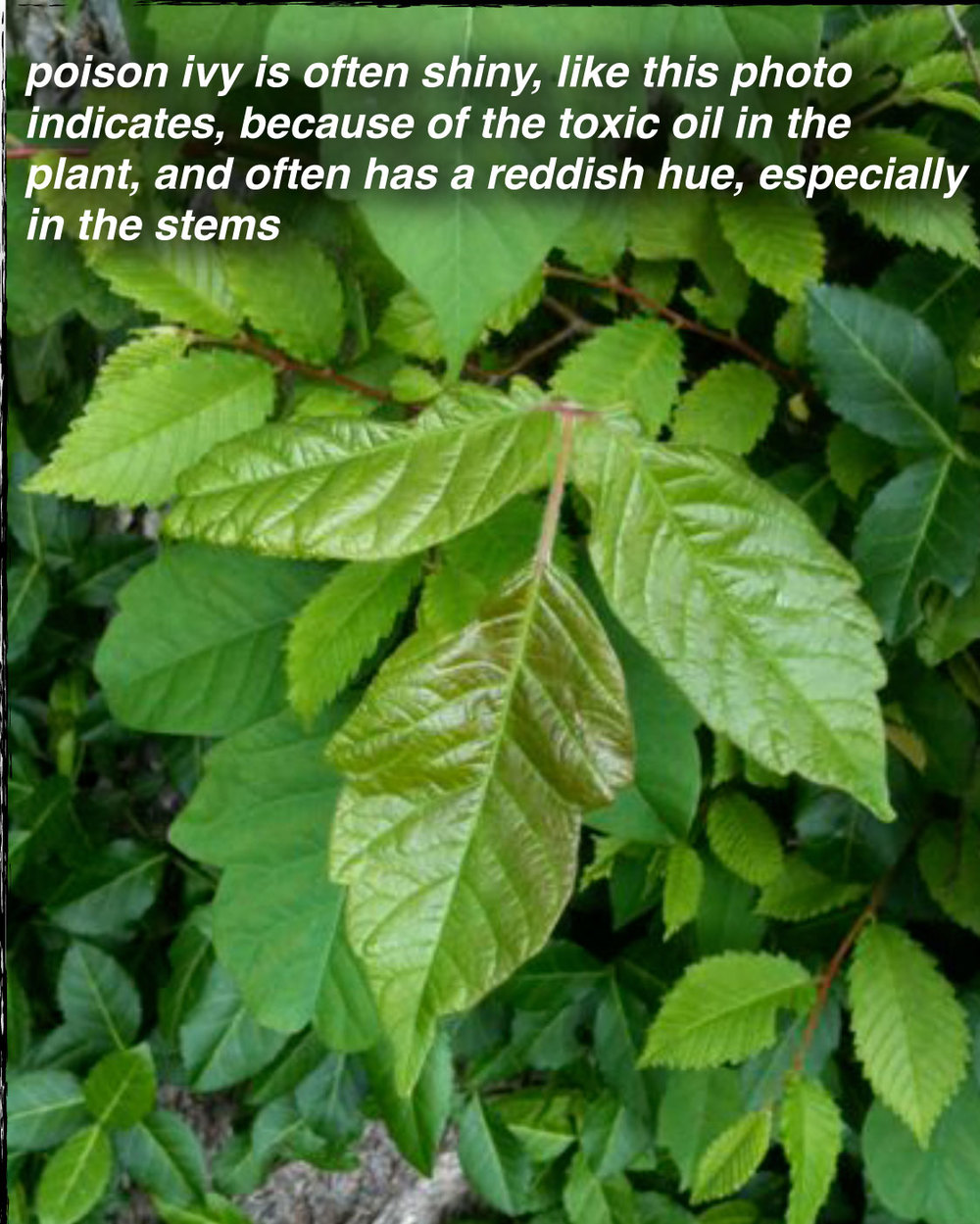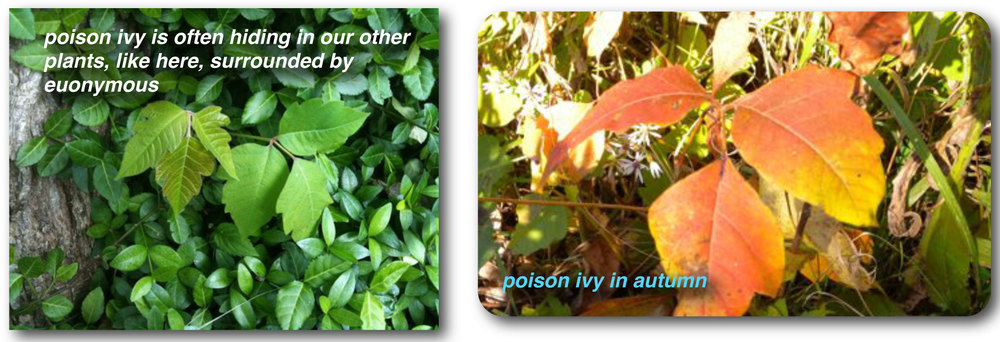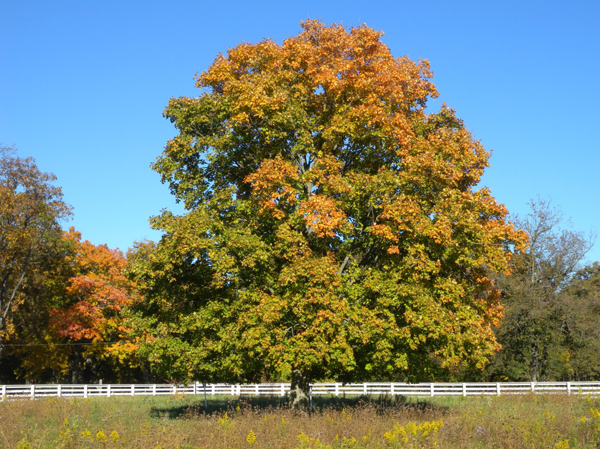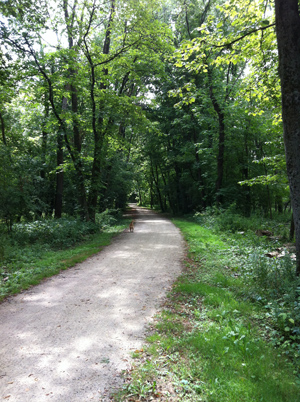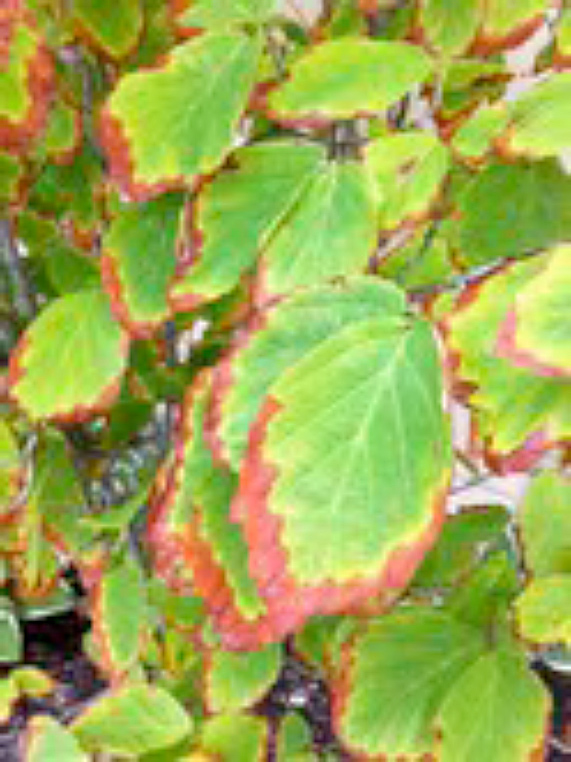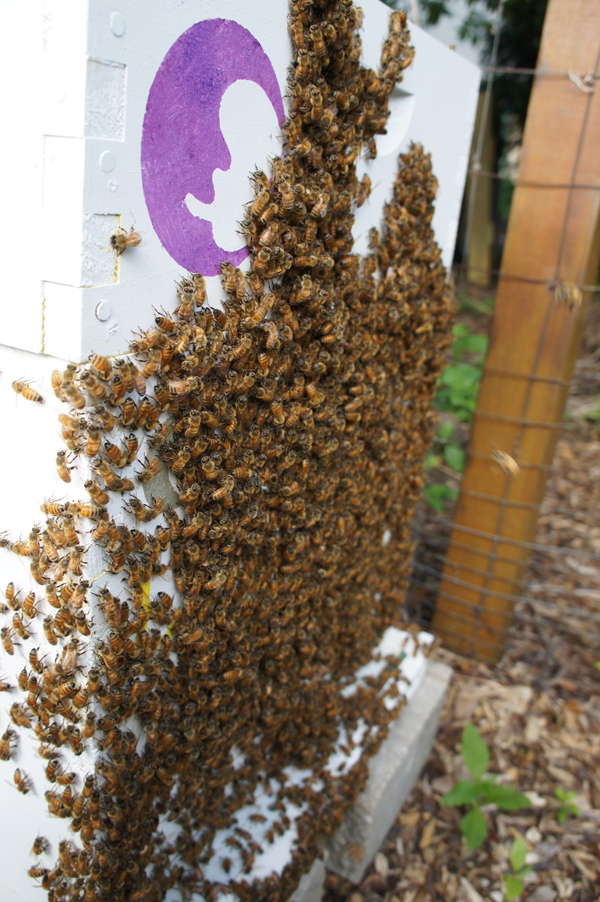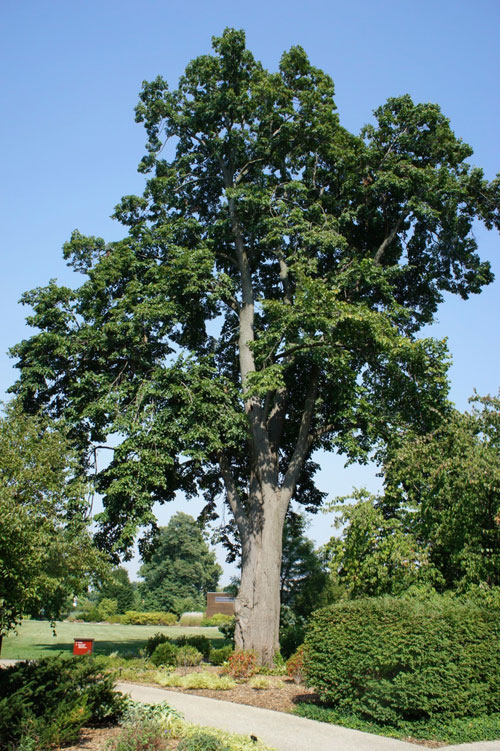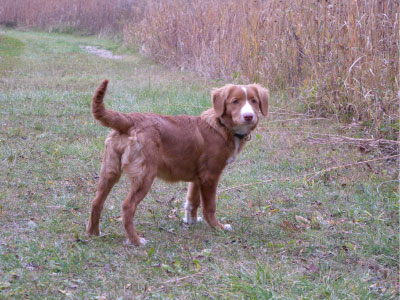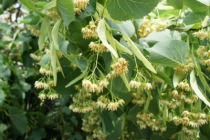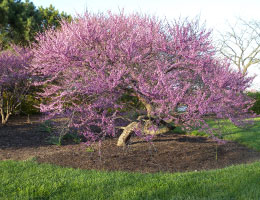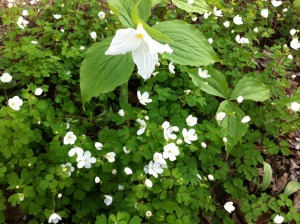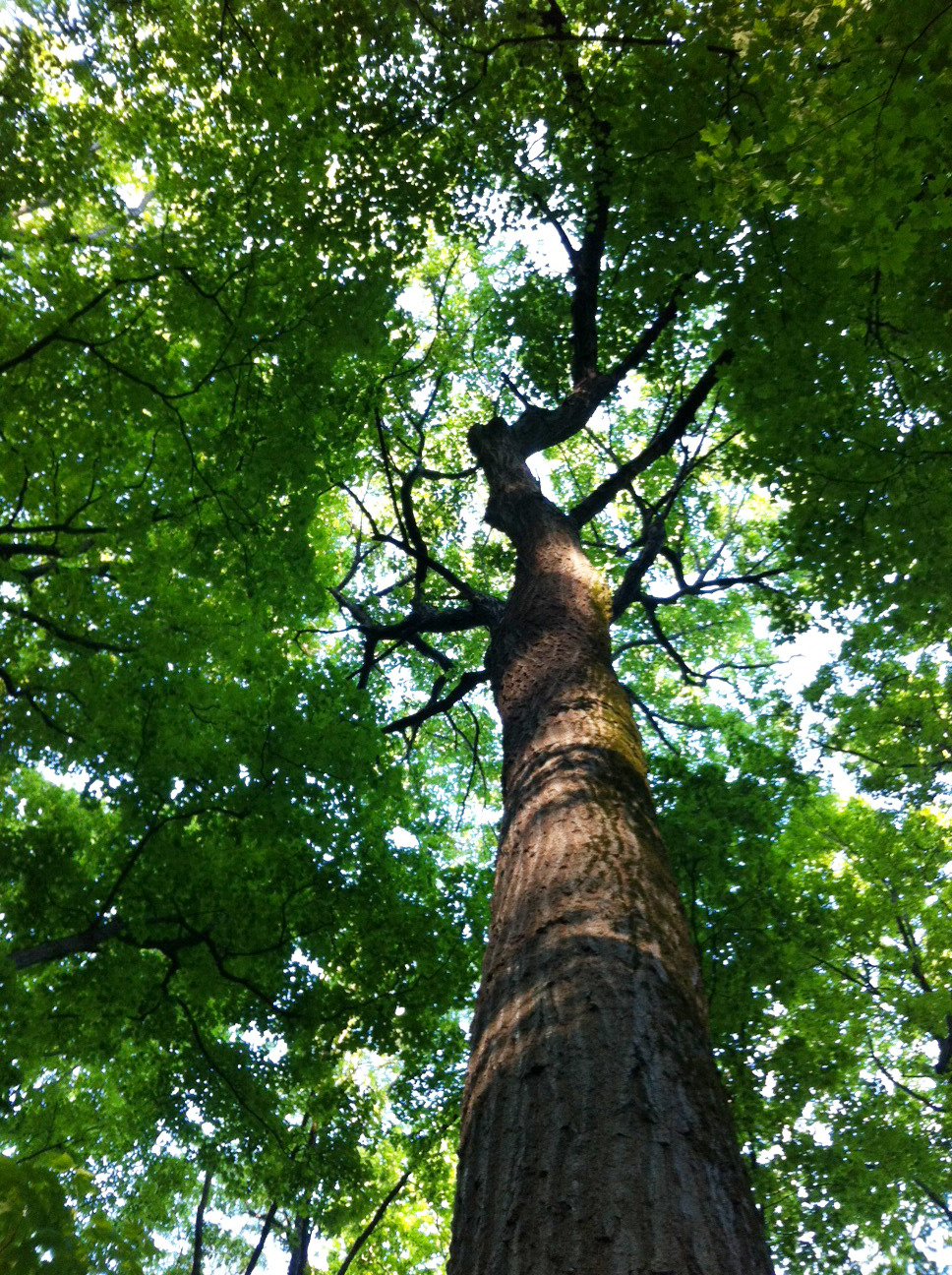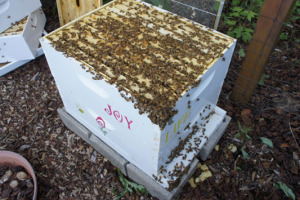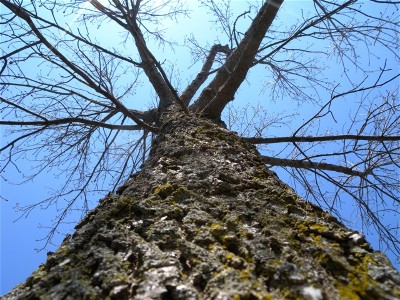May Wisdom from the Trees
/Tree of the Month
Magnolia • Magnolia soulangiana
by Lesley Bruce Smith
ISA Certified Arborist
Saucer Magnolia by Lesley Bruce SmithMagnolia’s are so beautiful this time of year with their uncommonly huge pink and white flowers they seem to just be the loudest voice of the heralders of spring. The Saucer Magnolia we most commonly see planted in our area is a hybrid of two Chinese magnolias, the Yulan Magnolia and the Lily Magnolia. We also see an equally popular, Magnolia stellata or Star Magnolia. They are all cousins of the only true North American magnolia native, the huge Cucumbertree, Magnolia acuminata, which is struggling from near extinction. The Magnolia family gets it’s current name from a botany professor, Pierre Magnol who became facinated with it’s species in the 17th century.
Magnolia stellata by Lesley Bruce SmithLong before professor Magnol was interested, the aboriginal peoples of N. America revered the Magnolia acuminata for use in medicines, for inland canoes as the wood is soft, heavy and close grained making it perfect for flotation, and as a sacred wood for carving masks used in ceremony. A quinine like molecule occurs in all magnolias and so in the South it was used as a substitute for quinine in the treatment of endemic malaria.
Southern Magnolia fruit by Lesley Bruce Smith
Star magnolia in full flowe by Lesley Bruce SmithThe Cherokee people also used a bark decoction as a gentle action skin wash for rheumatism, sores and ulcers. Today, we utilize the Magnolias almost entirely for ornamental purposes but they have a long history of ethno-botany and have been used widely throughout history for many beneficial medicinal purposes. All the more reason for us to be more protective of our native species. We never know where the next cure for cancers will arise.
Wildflower Alert - An invitation to join the party!
Backyard Wisdom by Gilbert A Smith
ISA Certified Master Arborist
Trillium in Daniel Wright Woods, Mettawa, ILThere is a wild dance being held in the woods. It is held every year in early May and most people miss it completely. The invitations go out in early April when the soil warms enough for microbes to begin breaking down leaf litter, releasing nitrogen essential to plant growth. The normal spring rains would wash the nitrogen away if there were no plants to capture and use it. But, thankfully, nothing is wasted in the forest.
Native Bloodroot photo by: Lesley Bruce SmithThe forest floor is covered with native Illinois wildflowers like Bloodroot, Hepatica, White Trillium, Bellwort, Toothwort, Anemone, Jacob’s Ladder, Waterleaf, Wake Robin, Trout Lilly, May Apple, Wild Geranium, Wild Ginger, Solomon’s Seal, False Solomon’s Seal, and Buttercup. In order to capitalize on the nitrogen and sun light energy, they need to act fast.
Meanwhile high above the forest floor, in the canopy, the trees are in flower too. To capitalize on spring winds, on which they depend to spread their flower pollen, there is also a desperate race to release their pollen before the leaves come out, because the leaves impede the wind that spreads their pollen.
The wildflowers that hug the forest floor are insect pollinated, some smell sweet to attract native bees and little wasps while others, like the Wild Ginger, are deep red, smell like garbage and are pollinated by maggots. However, what they all must have is sun light. It takes a great deal of the sun’s energy to to produce leaves, flowers and fruit. By mid May the tree canopy is filled with leaves shading out 98% of the sun’s life giving energy. The wildflowers have to live their lives fast! They shoot out their leaves, produce beautiful flowers, are pollinated, produce fruit, store energy and die down for next years wild party, and all of this has to happen in 2 to 3 weeks. Gilbert A Smith leading the wildflower walk
That is why most of us miss it. Here are a few pictures, but if you don’t delay you can SEE ILLINOIS’ BEST FLOWER SHOW FOR FREE RIGHT NOW! Lake County Forest Preserves are wonderful. My favorite is Daniel Wright Forest Preserve in Mettawa off Everett Road and Saint Mary’s Road just west of Lake Forest. Click here for directions.
Guided wildflower walk
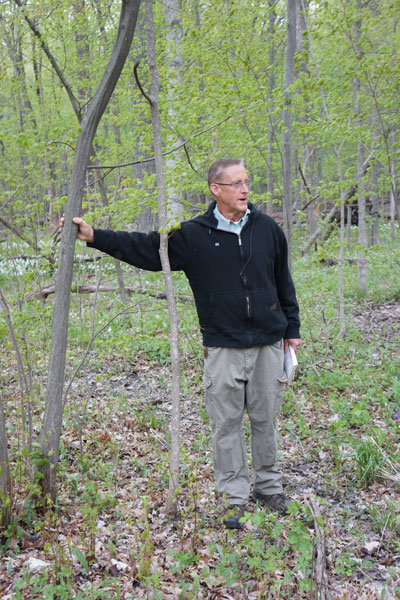
Gilbert A Smith in Daniel Wright Forest Preserve
Enjoy the photos of the wildflower walk from Saturday, May 11th.
The Deadly Sins of Spring
Herbicide Use and Abuse
Mother Nature's Moment
by Lesley Bruce Smith ISA Certified Arborist
The use of broadleaf weed killers to create perfectly weed free lawns is so ubiquitous in our culture that we use many times more of it on residential turf than in agricultural settings. The chemical smell that we are noticing everywhere right now is predominantly 2-4D (dichloropheoxyacetic acid). It is often overpowering the delicate scents of the beautiful spring flowers.
Although this herbicide is fairly effective in ridding our lawns of the “dreaded dandelions”, it has also been implicated in a number of human health issues. (http://www.cumberlandswcd.org/publications/yardscape/table_commonly_used_pesticides.pdf) Our concern regarding its widespread use in the landscape is two fold, we are concerned about plant health and human health (not necessarily in that order). Like any tool we have at our disposal we need to use it:
• knowledgeably,
• judiciously and with
• the big picture in mind.
Initially, as we evaluate a property for its plant health care needs we realize that most of our patient trees do not live in a forest, which is their native home, but rather in a beautifully manicured landscape dominated by virtually perfect lawn. Those lawns are non-diversified, unnatural and not very healthy prairie species and are maintained with excessively high volumes of fertilizer, weed killer and fossil fuels for cutting.
Did you know that a broad leaf weed killer does not know the difference between a broad leaf dandelion and a broad leaf oak? If these weed killers are applied on days when temperatures are warm and skies sunny there is a high volume of volatilization which can and has caused the damage and death of many trees. The sad reality is that as dandelions die from weed killer application, they go to seed, insuring another healthy crop in about two to three weeks time. Also, if weed killer is applied too heavily or too often it can put mature trees in the root zones being treated at risk of damage. Unfortunately, the damage is invisible, putting the tree under stress and laying it open to attack by other organisms, because it is in a weakened condition.
Photos by Lesley Bruce Smith
Ok, so here is my confession...shown here is our lawn just before mowing last week. There is a healthy crop of dandelions and clover and creeping charlie, etc. Before mowing it isn’t pretty, but it is safe to walk in barefoot.
Then there is the after picture, beautiful and visually weed free. The “wild” area on each side of the lawn is our prairie restoration project where we battle garlic mustard and buckthorn, just like the rest of you. But, that part of the garden is one of the most interesting parts of our landscape, always full of flowers and interesting wildlife, even in the winter months.
• If you must treat chemically for weeds, do so using spot treatments, not broadcast methods,
• and consider paying for two mowings a week during this time of year, instead of a chemical treatment. This can achieve getting rid of those ugly dandelion heads and preventing flowers from going to seed. You could also opt for the old fashioned way of ridding the lawn of weeds by doing it by hand.
We cannot get around the fact that pesticides/herbicides are poisons in some form or another! We need to be careful and incredibly sparing in our use of these substances. The companies that manufacture them are not going to tell us they are harmful to us or our children or our pets. We need to be educated consumers.
Our turf professor at the University of Illinois told us many years ago, that the more resources you put into the lawn, the more you will have to put into it. When we fertilize, which is done way too often in our country, we need to mow more, the more we create a perfect monoculture, or a lawn without any other species (namely weeds), the more we create an environment that needs attention. Be on the alert that all fertilizers with phosphorous are banned in Lake County communities and many others in Cook County. Phosphorous is a HUGE polluter of our lakes and streams and our lawn fertilizers are the biggest source of this substance! That is why ArborsmithTM doesn’t recommend much fertilizing, and it is always phosphorous free!!
Can we give you permission to have a few weeds in your lawn!
A truly healthy lawn:
• has bio-diversity, which means it does have a few weeds!
• will have some creeping charlie, clover, some grubs, even dandelions and crab grass.
• will NOT make you sick!
• doesn’t need as much maintenance as one that appears “perfect”.









